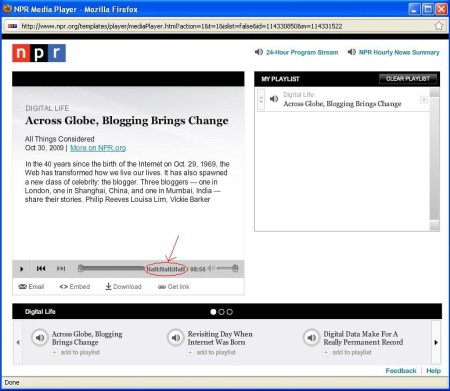These two programs — compiled with Microsoft Visual C++ and run on a 32-bit Intel Core Duo processor — demonstrate an anomaly that occurs when using single-precision floating point variables:
Program 1
#include "stdio.h"
int main (void)
{
float f1 = 0.1f, f2 = 3.0f, f3;
f3 = f1 * f2;
if (f3 != f1 * f2)
printf("Not equal\n");
}
Prints “Not equal”.
Program 2
#include "stdio.h"
int main (void)
{
float f1 = 0.7f, f2 = 10.0f, f3;
int i1, i2;
f3 = f1 * f2;
i1 = (int)f3;
i2 = (int)(f1 * f2);
if (i1 != i2)
printf("Not equal\n");
}
Prints “Not equal”.
In each case, f3 and f1 * f2 differ. But why? I’ll explain what’s going on.
